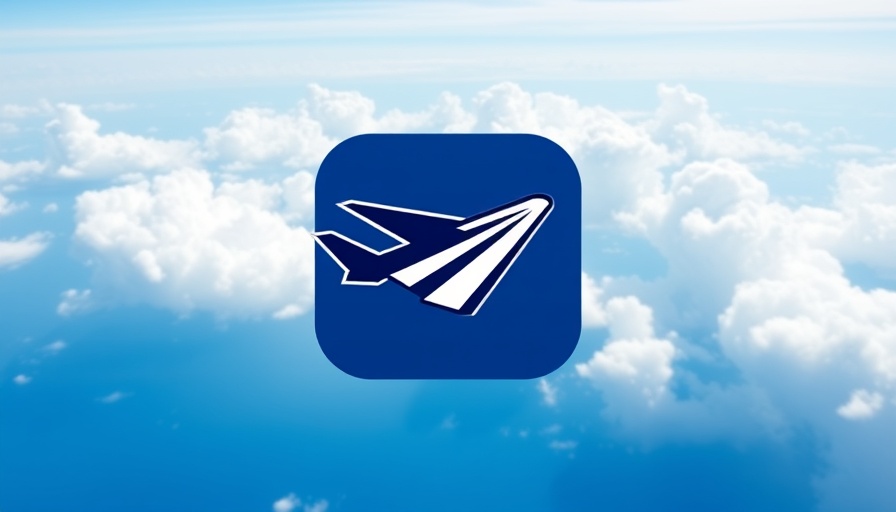
The Rise of Tiltrotors: What Does This Mean for Aviation?
With the increasing advancements in aviation technology, tiltrotors are capturing the attention of industry enthusiasts. Recently, a new tiltrotor model emerged in China, showcasing the country’s growing prowess in the aerospace sector. Tiltrotors like the Bell Boeing V-22 Osprey demonstrate the capabilities of vertical takeoff and landing (VTOL) combined with fixed-wing flight, making them a favorite among military and civilian applications alike.
Unpacking China's Aviation Ambitions
This new development coincides with China’s ambitions to expand its influence in the global aviation market. The introduction of tiltrotor technology highlights a shift in focus—not just maintaining domestic needs but also targeting international markets with advanced aircraft. With a growing number of private pilots and an increasing interest in learning to fly, China may well become a hub for both training and production in the future.
The Human Element: Why Tiltrotors Matter
As flying communities evolve, the significance of tiltrotors in personal and commercial aviation cannot be understated. These aircraft provide flexibility in airport operations and can reach inaccessible regions, thereby enhancing the accessibility of air travel. As more people show enthusiasm for flying—especially young pilots—understanding technologies like tiltrotors becomes crucial. They represent not only innovation but also the potential for increased opportunities in the aviation sector.
Opportunities for Learning to Fly with New Technology
The emergence of tiltrotors invites opportunities for flight training centers to adapt and integrate new technologies into their programs. Learning to fly a tiltrotor could be an exciting new avenue for aspiring pilots, combining the thrill of flight with advanced engineering. With the right training, individuals can embrace the future of aviation, making flying not just a dream but a reachable experience.
Future Predictions: Where Will Tiltrotors Take Us?
Looking ahead, the adoption of tiltrotor technology could lead to transformative changes in how we perceive air travel. As this technology becomes more mainstream, we may witness a rise in regional air mobility initiatives, allowing quicker and more dynamic modes of transportation. Furthermore, the rising interest in drones and aerial taxis could influence how tiltrotors are utilized.
In conclusion, the unveiling of a new tiltrotor in China is not merely about an advanced design; it symbolizes a pivotal moment for aviation. It reflects the aspirations of nations aiming to lead in aerospace technology and paves the way for future generations of pilots eager to learn and explore new horizons.
Are you ready to embrace the future of aviation? Learning to fly has never been more accessible or exciting! Join a flight training center today and be part of this exhilarating journey.
 Add Row
Add Row  Add
Add 




Write A Comment